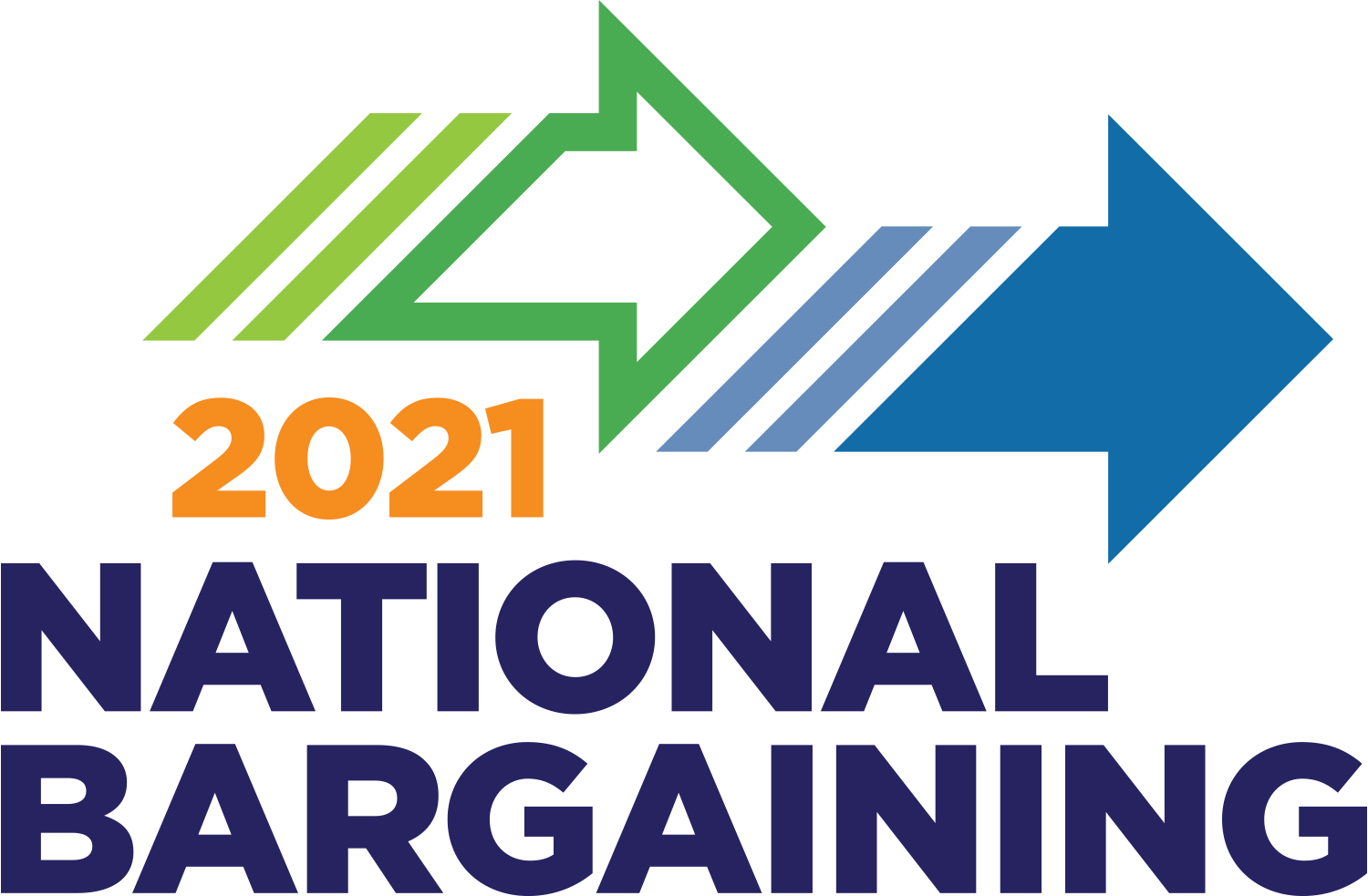Hank Winter 2015
See the whole issueWhat's the Deal With Bargaining?

By listening actively and clearly communicating their respective interests, union and management negotiators are blazing a trail for a new way of bargaining.
Interest-based bargaining is radically different from the traditional
Fists pounding on tables, demands, showdowns, strikes. So went traditional collective bargaining: Each side fighting for a bigger slice of the same pie. Each side gunning for a narrowly drawn agreement on pay and working conditions, leaving mutual concerns about patient care, quality and affordability unaddressed.
But Kaiser Permanente and the Coalition of Kaiser Permanente Unions abandoned the traditional approach in 1997, when they founded the Labor Management Partnership.
Our negotiations feature committees, observers and flip charts of options. Since 2000, KP workers, managers and physicians have worked together to craft four National Agreements and one reopener amid relative labor peace. On March 30, some 150 representatives will begin to negotiate a fifth agreement. Assuming all goes according to schedule, the new contract for the 100,000 workers represented by 28 locals in the coalition will be ready to go into effect when the 2012 National Agreement expires Sept. 30.
In an age of growing health care costs and increased competition, the joint goal is to provide our health plan members and patients with better, faster, less expensive and more personal care and to maintain and improve the best health care jobs in the United States.
